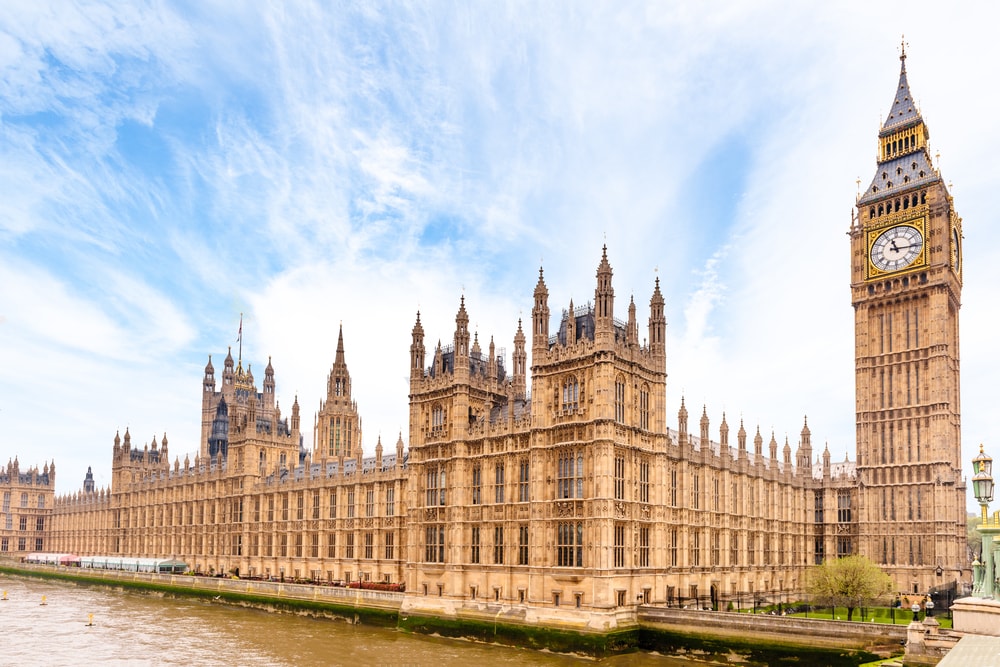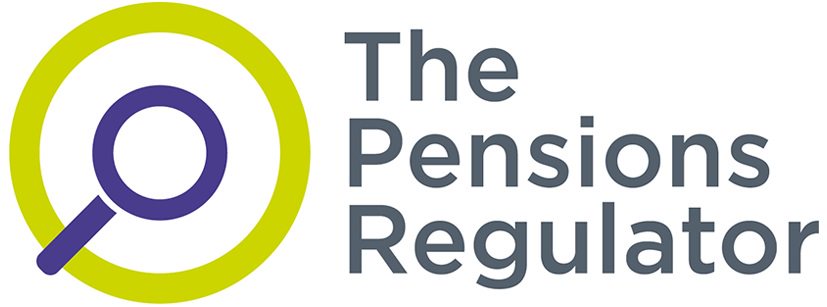The Pensions Regulator (TPR) has confirmed that it will launch its planned innovation hub during the summer, also confirming that the government is looking to introduce a new Guided Retirement duty in the forthcoming Pension Schemes Bill.
Speaking at the Pensions Age Spring Conference, TPR interim director of policy and public affairs, Patrick Coyne, explained the regulator will use the innovation hub to facilitate and test a range of innovation services with the market.
“Improving data quality is the first step towards sparking innovation and is a key regulatory priority. And through the hub, we will focus our efforts on two areas in particular: emerging models and decumulation," he said.
He said that TPR defines pension innovations as changes and improvements to pensions that enhance savers' outcomes.
Given this, he said the regulator wants its regulatory framework to help “stimulate new ideas and support what is already there”.
He explained that this aims “to provide certainty to businesses, schemes and administrators but also software and technology providers, that when they put money into research and development, they are not wasting their time”.
In terms of decumulation, Coyne stated: “We need a sat-nav for retirement – a dynamic system that guides the way, adjusting for people and where they want to go. Innovation in decumulation means moving beyond a one-size-fits-all approach.
“It means turning a pot into a pension, with an income stream that supports people throughout their retirement years.”
He suggested that this offers flexibility and tailored pathways to ensure people are empowered to make the best retirement decisions but also offers a default safety net if they are unwilling or unable to make a choice.
“The government plans to introduce a new Guided Retirement duty in the forthcoming Pension Schemes Bill,” he continued.
“That will mean that trustees are required to either offer or partner with a provider of decumulation services.
“This is the automatic enrolment system growing up and turning from a savings system to a pensions system.”
Additionally, Coyne said the “number one barrier” identified over the past couple of months by its interaction with trustees, administrators and innovators in the marketplace was the quality of data.
He also suggested that the feedback from this engagement was that people wanted to automate, with member transfer values and retirement quotes at the forefront of this.
This, he noted, would make things quicker for savers and more efficient for their schemes but warned that “if the data going into the system isn't up to scratch, you're automating rubbish”.
However, he acknowledged that in the pension industry, due to the long-term nature of the industry, getting good-quality data has not been easy.
He also identified that across the market there has been a “squeeze” on administration, a downward pressure on cost resulting in a historic lack of investment and a culture where the industry hasn’t valued the essential services that administrators provide.
Coyne emphasised that “this has to change”.
“As a regulator, we are playing our part, particularly in the defined contribution (DC) system through our forthcoming value for money framework,” he said.
“But all of us have to make the collective case to invest and harness the transformative potential that the digital and data revolution represents.”
He explained that improved data could have an impact from the off, in defined benefit (DB) schemes he said it could lead to more attractive endgame options and improved member services.
Meanwhile, for DC, Coyne said that improved data quality could help inform investment decisions, improve member choice as well as increase the attractiveness of small schemes to master trusts, allowing for greater choice in consolidation.
He said that dashboards present an “enormous opportunity” for the industry to “radically reform” data standards and has already started to “move the dial on data”.
Coyne also highlighted that its data strategy published earlier this year set out a blueprint to make this a reality.
“Our approach will mean higher expectations of the pensions industry. But in return you will see us deploy more modern data practices which will reduce regulatory burdens,” he stated.
"And see us make available, coherent, consistent data that can help you improve your service provision and spot new opportunities for your business and your savers.
“This spring, you’ll see our new approach in action.”
He also said that to help schemes comply with the DB funding regime, it is bringing in a new semi-automated digital submission form on top of the reduction it has made to its data requirements.
Latest News
-
Pension Schemes Bill one step closer to becoming law as it moves to House of Lords
-
SCOOP: Netherlands' Keylane snaps up Heywood in undisclosed deal
-
MPs back PPF/FAS pre-97 indexation; calls for broader reform remain
-
73% of global pension plans using dynamic asset allocation strategy
-
Salary sacrifice concerns grow as HMRC reveals expected impact on workers
-
Debate prompts swing in support for releasing DB surpluses to employers
Private markets – a growing presence within UK DC
Laura Blows discusses the role of private market investment within DC schemes with Aviva Director of Investments, Maiyuresh Rajah
The DB pension landscape
Pensions Age speaks to BlackRock managing director and head of its DB relationship management team, Andrew Reid, about the DB pensions landscape
Podcast: From pension pot to flexible income for life

Podcast: Who matters most in pensions?

In the latest Pensions Age podcast, Francesca Fabrizi speaks to Capita Pension Solutions global practice leader & chief revenue officer, Stuart Heatley, about who matters most in pensions and how to best meet their needs
© 2019 Perspective Publishing Privacy & Cookies










Recent Stories